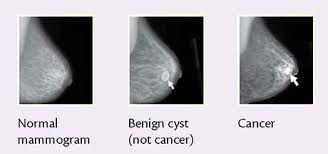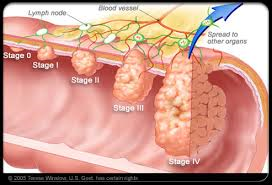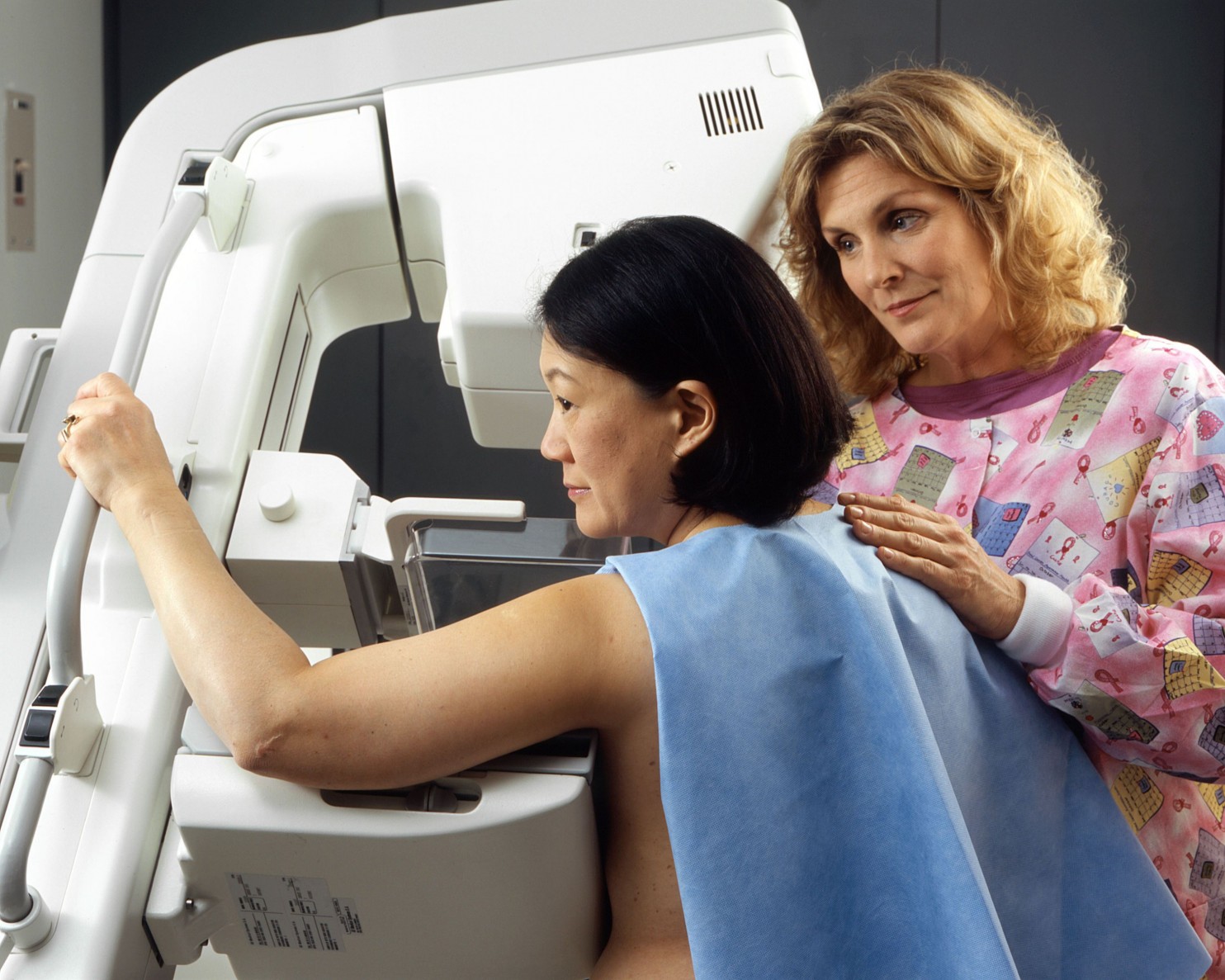 For 2013, screening for these types of cancers either fell behind previous rates or showed no improvement.
For 2013, screening for these types of cancers either fell behind previous rates or showed no improvement.
Among adults in the age groups recommended for screening, about 1 in 5 women reported not being up-to-date with cervical cancer screening, about 1 in 4 women reported not being up-to-date with breast cancer screening, and about 2 in 5 adults reported not being up-to-date with colorectal cancer screening.
screening, and about 2 in 5 adults reported not being up-to-date with colorectal cancer screening.
The report found that colorectal cancer testing was essentially unchanged in 2013 compared with 2010. Pap test use in women age 21-65 years was lower than 2000, and the number of mammography screenings was stagnant, showing very little change from previous years.
 Researchers reviewed data from the National Health Interview Survey 2013, which is used to monitor progress toward Healthy People 2020 goals for cancer screening based on the most recent U.S. Preventive Services Task Force guidelines.
Researchers reviewed data from the National Health Interview Survey 2013, which is used to monitor progress toward Healthy People 2020 goals for cancer screening based on the most recent U.S. Preventive Services Task Force guidelines.
The screening data for 2013 show that 58.2 percent of adults age 50-75 years reported being screened for colorectal cancer; 72.6 percent of women age 50-74 had a mammogram; and 80.7 percent of women age 21-65 had a Pap test. All of these percentages are below the Healthy People 2020 targets.
Source: CDC
The Presidential Healthcare Center’s Executive Physicals include cancer screening and tumor marker tracking.

